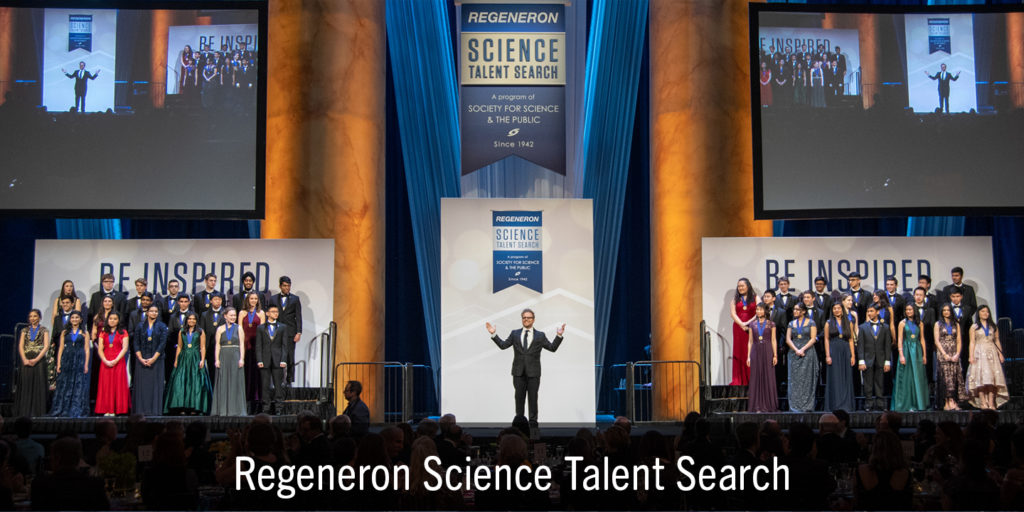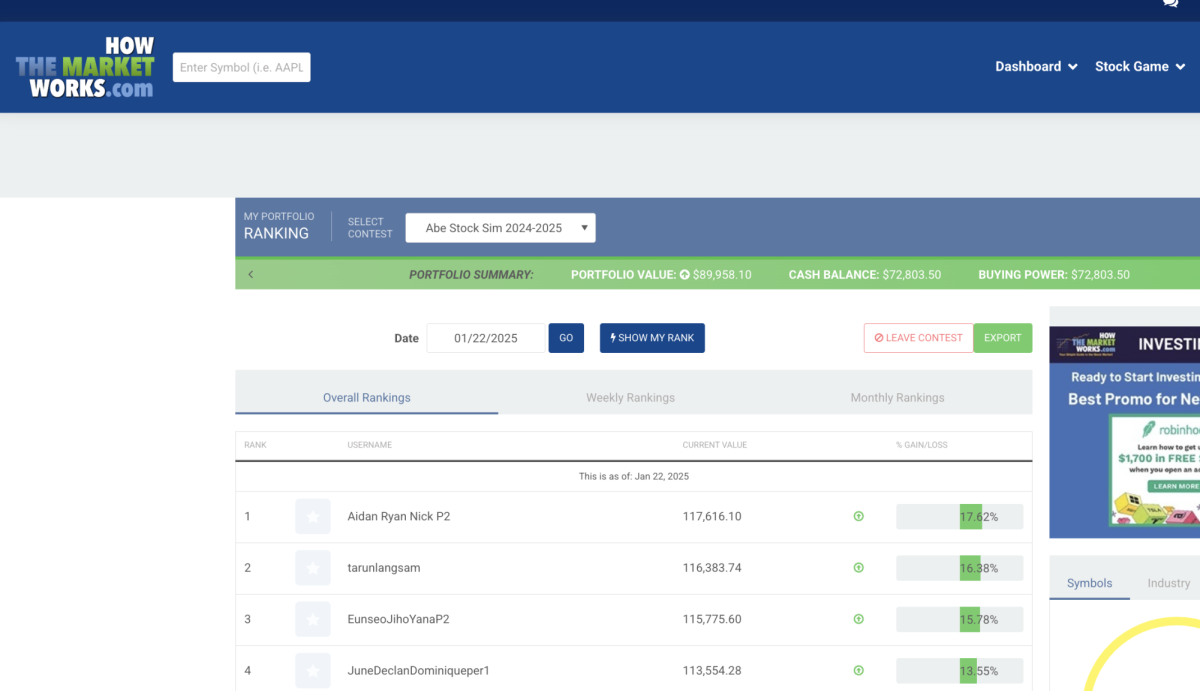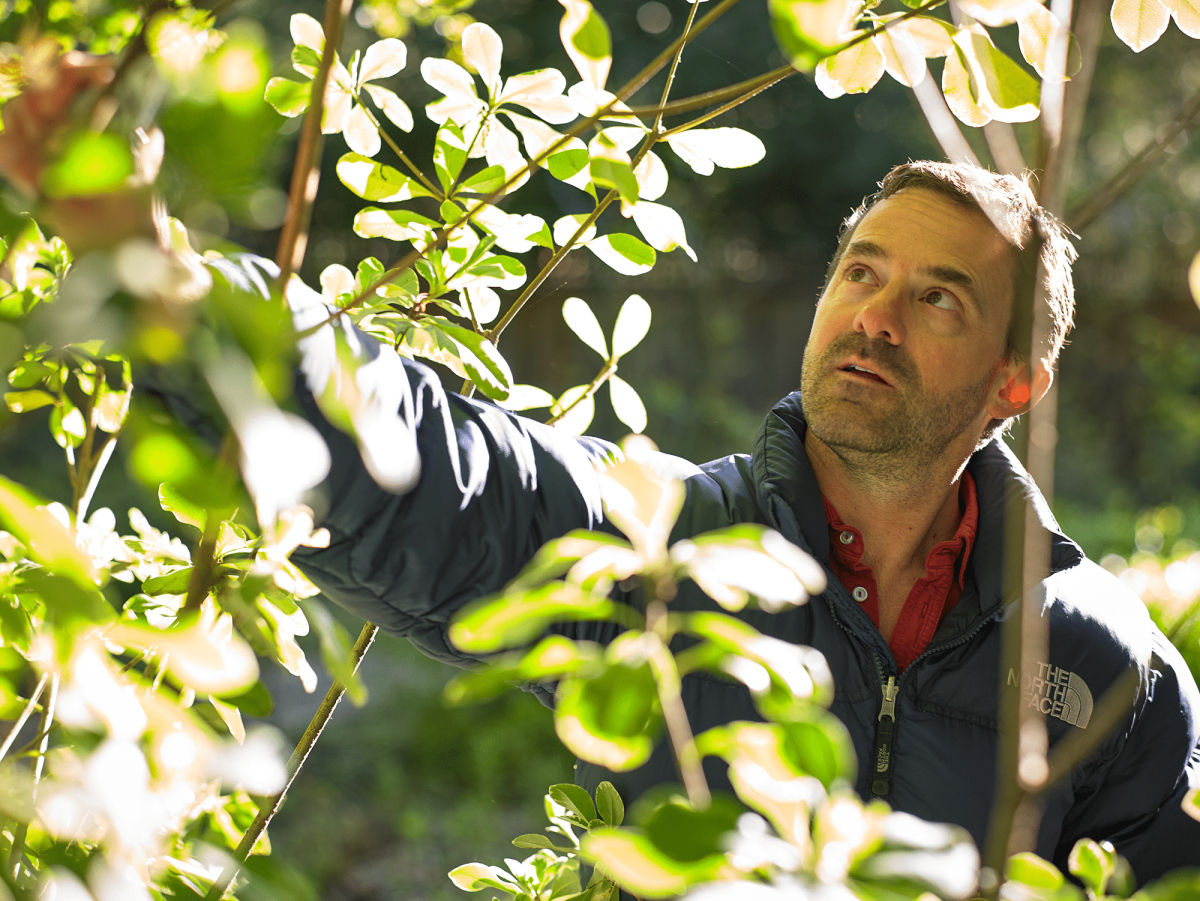1945, the year of the first nuclear explosions, was the year that marked the beginning of man’s path toward destruction. Events such as the nuclear meltdown at Fukushima, Japan, in 2011 only intensify the need to stop increasing the amount of nuclear power the world uses.
Ever since the world discovered how to harness nuclear power, radiation has become ever more present in our lives. Additionally, with the growing reliance on nuclear power plants comes additional costs to fund these supposedly “safe” energy sources that have extremely severe consequences, both environmentally and financially.
Nuclear energy plants are no more inexpensive nor environmentally safe than fossil fuel plants are. If nuclear power plant containment fails, the consequences far outweigh the benefits of cheap power.
Three years ago the Fukushima accident released unprecedented amounts of radioactive cesium-137, tritium, polonium and other radioactive isotopes. These radioactive elements then proceeded to spill into the ocean and surrounding air.
While radiation from Fukushima and other power plants across the world heavily affect humans, the effect that it has on the surrounding environment is just as staggering.
The Pacific Ocean’s marine wildlife is infected with varying degrees of radiation, especially that surrounding Fukushima. Fish from the Pacific have been found to have traces of cesium-137, which increases the risks of cancer. It has a half life of 30 years, which means it will take at least 30 years for cesium-137 to be flushed out of the wildlife. Because cesium-137 is absorbed by marine plants, the effects of the cesium can move up the food chain and remain within the environment for decades to come.
Furthermore, researchers who have been studying butterflies around Fukushima have noticed changes. The butterflies show signs of mutations such as disfigurement, color changes, smaller wing sizes and indented eyes. Researchers have also experimented with feeding “clean” butterflies cesium coated leaves. The results have been a lower survival rate and similar mutations that are even passed genetically. These, scarily enough, are likely to be problems found in seafood as well.
Although seafood caught near the West Coast is unlikely to be highly radioactive, the U.S. has 80percent of its seafood imported from other countries, including Japan. Since Fukushima’s fallout, Japan has quarantined the nearby areas, but seafood is still being caught along the Japanese coast and imported. This seafood is likely contaminated from Fukushima, but few people realize.
From the beginning, the levels of radiation from Fukushima have been played down by TEPCO, the company responsible for the cleanup and the Japanese government to lessen panic. The public is largely unaware of the radiation in the ocean. And for all we know, the levels of radiation could be much higher than is being announced.
The consequences of continued use of nuclear power are too dire to be ignored.




























